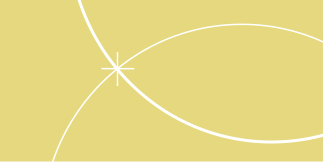Wound Balance - Achieveing Wound Healing with Confidence

- Approx. time to complete
- 60 min
- Topics
- Wound Balance
Objective: To determine the cost-effectiveness/utility of a superabsorbent wound dressing (Zetuvit Plus Silicone) versus the current standard of care (SoC) dressings, from the NHS perspective in England, in patients with moderate-to-high exudating leg ulcers.
Method: A model-based economic evaluation was conducted to analyse the cost-effectiveness/utility of a new intervention. We used a microsimulation state-transition model with a time horizon of six months and a cycle length of one week. The model uses a combination of incidence base and risk prediction approach to inform transition probabilities. All clinical efficiency, health-related quality of life (HRQoL), cost and resource use inputs were informed by conducting a systematic review of UK specific literature.
Results: Treatment with the superabsorbent dressing leads to a total expected cost per patient for a six month period of £2887, associated with 15.933 expected quality adjusted life weeks and 10.9% healing rate. When treated with SoC, the total expected cost per patient for a six month period is £3109, 15.852 expected quality adjusted life weeks and 8% healing rate. Therefore, the superabsorbent dressing leads to an increase in quality-adjusted life weeks, an increase in healing rate by 2.9% and a cost-saving of £222 per single average patient over six months. Results of several scenario analyses, one-way deterministic sensitivity analysis, and probabilistic sensitivity analysis confirmed the robustness of base‑case results. The probabilistic analysis confirmed that, in any combination of variable values, the superabsorbent dressing leads to cost saving results.
Conclusion: According to the model prediction, the superabsorbent dressing leads to an increase in health benefits and a decrease in associated costs of treatment.
Hello, I’m Zoe
I am here to help you to find what you are looking for. (Your virtual assistant)